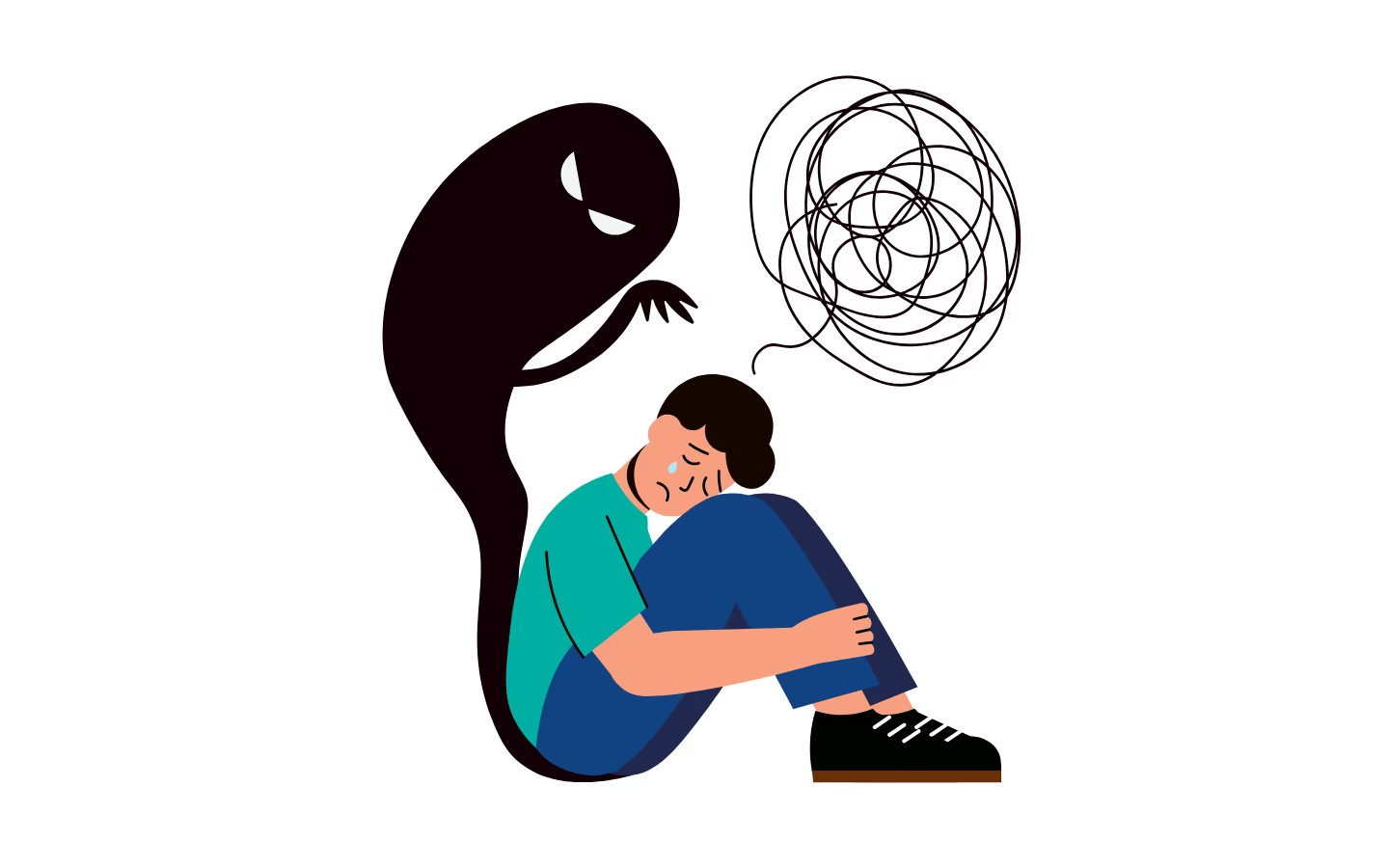Emotional trauma can leave deep scars, often impacting how we think, feel, and engage with the world around us. Whether it stems from a difficult childhood, the loss of a loved one, or a painful breakup, the effects can feel overwhelming. However, healing from emotional trauma is possible. With time, patience, and the right tools, you can rebuild your emotional well-being and find inner peace.
In this article, we’ll explore essential steps to begin your healing journey, empowering you to move forward with strength and resilience.

1. Acknowledge Your Pain
The first step in emotional healing is recognizing your pain. It’s common to suppress emotions, hoping they will fade. However, unresolved pain can linger and affect your well-being. Instead, facing your feelings is a vital part of the healing process. Explore professional insights on emotional trauma here.
How to Acknowledge Your Pain:
- Reflect on Your Emotions: Spend quiet moments identifying what you feel and why.
- Journal Your Thoughts: Writing down your experiences can bring clarity and provide emotional release.
- Practice Self-Kindness: Avoid self-criticism. Accept that your pain is valid and deserving of attention.
Acknowledging your emotions allows you to take control, making it easier to begin the healing process.
2. Talk About Your Experience
Emotional trauma often feels heavier when you keep it to yourself. Speaking openly about your pain can help release emotional burdens and promote healing. Whether you choose to confide in a loved one or a professional, sharing your story can be profoundly therapeutic.
Ways to Open Up About Trauma:
- Confide in a Trusted Friend: Share your feelings with someone who listens without judgment.
- Consider Therapy: Professional counselors can offer tools and strategies for emotional healing.
- Join a Support Group: Connecting with others who have faced similar challenges can foster comfort and connection.
By verbalizing your experiences, you begin to externalize the pain, making it easier to process.
3. Practice Self-Compassion
Being kind to yourself is essential for emotional healing. Trauma often triggers negative self-talk, guilt, or feelings of unworthiness. Practicing self-compassion helps you break this cycle, creating space for emotional growth.
Ways to Show Self-Compassion:
- Acknowledge Your Struggles: Remind yourself that it’s okay to feel vulnerable.
- Avoid Harsh Self-Criticism: Replace negative thoughts with affirmations like, “I am healing at my own pace.”
- Practice Self-Care: Prioritize activities that bring you comfort, such as reading, journaling, or relaxing walks.
By practicing self-compassion, you create a safe emotional space for yourself where healing can begin.
4. Embrace Mindfulness and Meditation
Mindfulness and meditation offer powerful tools for emotional healing by helping you stay grounded in the present moment. These practices reduce overwhelm, promote calmness, and help you process difficult emotions with clarity.
Mindfulness Practices for Emotional Healing:
- Body scan meditation: This involves focusing on each part of your body, starting from your toes and working your way up to your head, noticing any tension or discomfort and releasing it with each breath.
- Mindful breathing: Spend a few minutes each day focusing on your breath. Inhale deeply, hold for a few seconds and exhale slowly. This simple practice helps reduce anxiety and stress, providing a sense of calm.
- Emotional mindfulness: When difficult emotions arise, acknowledge them without judgment. Simply observe your emotions as they come and go, allowing yourself to feel without reacting.
Mindfulness and meditation can help you process your emotions in a healthy way, giving you a sense of control over your thoughts and feelings.
5. Establish Healthy Boundaries
Protecting your emotional well-being involves setting healthy boundaries, especially if your trauma stems from unhealthy relationships or environments. Boundaries allow you to safeguard your mental health while creating a space where healing can flourish.
How to Set Boundaries for Healing:
- Identify your emotional needs: Take time to reflect on what you need to feel safe, supported, and respected in your relationships and daily life.
- Communicate your boundaries: If certain behaviors or interactions cause you distress, let others know what you need in order to feel comfortable.
- Respect your own boundaries: Be firm with yourself about maintaining the boundaries you set. This may mean limiting contact with people who are unsupportive or taking time for yourself when you need it.
Setting boundaries helps protect your emotional space and ensures that your healing journey remains a priority.
6. Seek Professional Support
While self-guided healing can be powerful, seeking professional support can be essential when emotional trauma feels overwhelming. Therapists and counselors are equipped with tools to help you process difficult emotions and work through deep-rooted pain.
When to Consider Professional Support:
- If your emotional trauma is severely impacting your daily life, work, or relationships.
- If you’re experiencing symptoms of anxiety, depression, or post-traumatic stress disorder (PTSD).
- If you feel overwhelmed by your emotions and unable to manage them on your own.
Working with a professional can offer you a safe and supportive environment to explore your emotions and develop a plan for healing.
7. Allow Yourself Time to Heal
Healing is a journey, not a destination. Some days may feel empowering, while others bring emotional setbacks. Giving yourself permission to heal at your own pace can ease the pressure of recovery.
Tips for Giving Yourself Time to Heal:
- Be patient: Understand that healing takes time and that there is no set timeline for recovery. Allow yourself to move at your own pace.
- Celebrate small victories: Acknowledge your progress, no matter how small. Each step forward, no matter how minor, is a step toward healing.
- Take breaks when needed: Healing can be emotionally exhausting. Allow yourself to take breaks and engage in activities that bring you joy or comfort.
Healing is a journey, and it’s essential to be gentle with yourself along the way.
Conclusion: Moving Forward with Healing
Healing from emotional trauma requires courage, patience, and self-compassion. By acknowledging your pain, speaking about your experience, and embracing mindfulness, you take meaningful steps toward emotional wellness. Additionally, setting boundaries and seeking professional support can further empower you on this path.
Remember, healing is not a race but a personal journey. You deserve peace, resilience, and emotional freedom—step by step, you are reclaiming your emotional well-being.

